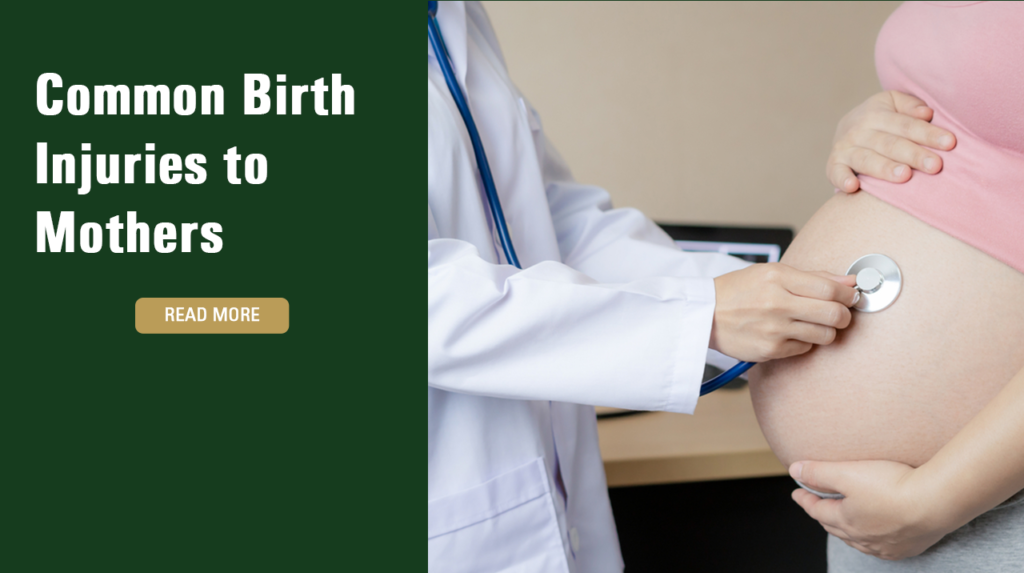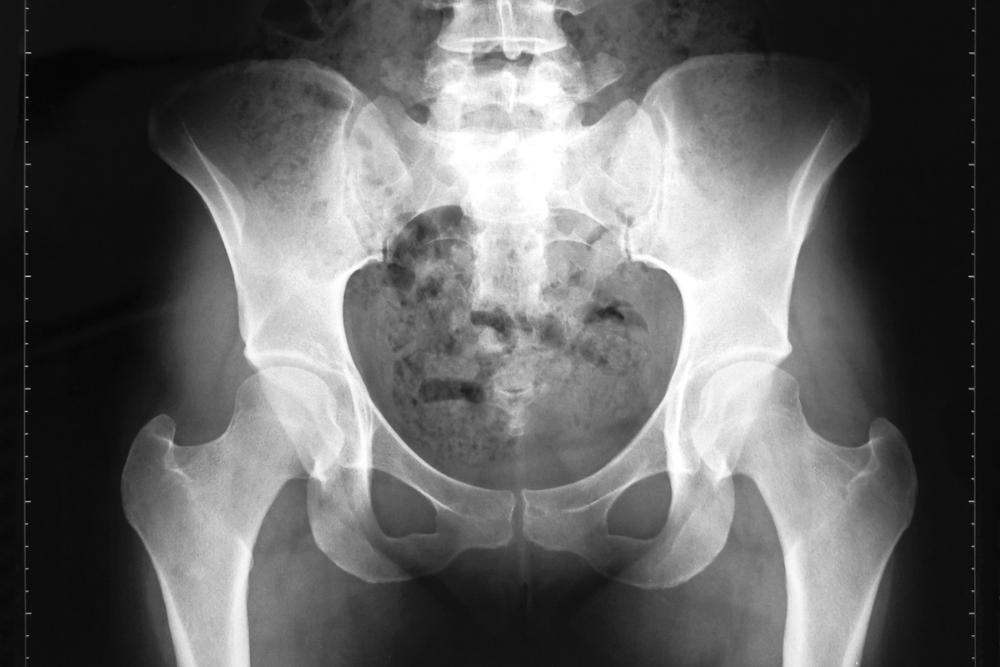Common Birth Injuries To Mothers

Prospective parents might look forward to giving birth with a combination of excitement and fear. Many pregnant mothers are both excited to meet their babies while also fearing the pain the birth process might bring. While many expectant parents talk about the pain involved with labor and delivery, they might not be aware of the potential for maternal birth injuries caused by childbirth.
Child birth injuries to the mother can happen during the labor and delivery process and can range from minor injuries that only cause temporary discomfort to serious injuries that might have a long-lasting impact. In some serious cases, a new mother or her family might consider speaking to an attorney at Raynes & Lawn about injuries to the mother during child birth. Expectant parents need to understand what can happen during the labor and delivery process when an infant is delivered naturally or by Cesarean section.
The Common Birth Injuries To Mothers
Some of the most common types of birth injuries mothers might experience during childbirth are discussed below.
Vaginal Tearing
When a mother delivers a baby vaginally, the baby’s head might cause vaginal tearing. This can happen when the vaginal walls do not stretch enough to adequately accommodate the infant’s head. Vaginal tearing can also be caused by an improperly positioned baby, a birth that occurs too fast, being overweight, or the use of forceps to assist the delivery.
Vaginal tearing is classified into four degrees that range from mild to severe tears. Mild tears include those that only involve a tear in the perineal skin located between the opening of the vagina and the rectum. Some tears also include tearing of tissues beneath this area, but they might not require stitches. More extensive tearing might include tears to the muscle tissue and extend to the anus, rectum, or anal sphincter. When vaginal tearing is more severe, surgery might be required to repair the lacerations. Vaginal tears are common. An estimated 95% of first-time mothers who deliver their babies naturally experience some degree of tearing during childbirth. Other complications that can occur when the tears are severe include fecal and urinary incontinence and pain during sex.
Fractures
Some mothers might suffer fractures while giving birth. Two types of fractures that might occur include a fracture of the coccyx or a separated pubic symphysis. A separated pubic symphysis can occur when the baby’s head places pressure on the pubic symphysis, causing it to separate. The pubic symphysis is a section of tough cartilage that connect the bones that make up the pelvic girdle. When the cartilage is torn, causing a gap, the mother can experience discomfort and pain lasting from two to eight months. The coccyx is the tailbone, and it can be bruised or fractured when the baby’s head places pressure on it during childbirth.

Inverted Uterus
An inverted uterus is a serious complication that can occur during birth. This occurs when the placenta does not detach from the uterus and pulls the uterus out of the body with it, turning the uterus inside out. A uterine inversion can cause severe hemorrhaging or shock and can be fatal. Uterine inversions can range in severity from incomplete inversions to total inversions. An inverted uterus might be treated with manual reinsertion, abdominal surgery, or a hysterectomy. An emergency hysterectomy might be necessary when the mother has a serious risk of death.
Ruptured Uterus
The uterus can rupture before or during childbirth. While it is rare, it can be serious and cause severe complications, including hemorrhaging or death. A uterine rupture might occur when the fetus is abnormally large and causes a scar from a prior C-section to rupture while the mother is delivering a baby vaginally. It can also happen as a result of birth trauma. When a uterus ruptures, the placenta, baby, or both might go into the mother’s abdominal cavity.
Nerve Injuries
Some mothers suffer from nerve injuries while they are giving birth. Depending on the particular nerve or nerves that are damaged, the complications of nerve injuries can range from mild to severe.
Some of the types of problems mothers might suffer from nerve injuries during childbirth include the following:
- Numbness/weakness in the legs
- Incontinence
- Trouble walking
- Paralysis
Nerve damage can occur when the nerves are stretched or compressed during delivery.
Prolapsed Pelvic Organs
A vaginal delivery might also cause some of the organs of the pelvis to prolapse and exit the body through the vagina. A prolapsed uterus can occur when the uterus slips into the uterus because of delivery, pregnancy, or weakness of the pelvic floor muscles. Other pelvic organs can also prolapse during labor and delivery, including the bladder. Prolapses are graded in severity ranging from zero to four. In stage four prolapses, the pelvic organ will exit the body completely.
When To Call A Birth Injury Lawyer
If you suffered a birth injury during childbirth or are a close family member who has lost your loved one because of a birth injury to the mother, you should reach out to the attorneys at Raynes & Lawn as soon as possible. While some types of birth injuries are not preventable, others are caused by negligence by the midwife, doctor, or labor and delivery staff. Birth injuries can have significant individual consequences, including physical symptoms that can affect your life quality, depression, a breakdown of your relationship, and more. Serious maternal birth injuries might also result in the mother’s death or permanent disabilities.
A birth injury attorney can review the medical records and work with a medical expert to determine whether they were caused by a medical provider’s negligence. Birth injury malpractice cases can be complex and require a significant amount of investigation, making it important to contact an attorney as soon as possible. Call Raynes & Lawn today to request a free case evaluation at 1-800-535-1797.

For the general public: This Blog/Website is made available by the law firm publisher, Raynes & Lawn, for educational purposes. It provides general information and a general understanding of the law but does not provide specific legal advice. By using this site, commenting on posts, or sending inquiries through the site or contact email, you confirm that there is no attorney-client relationship between you and the Blog/Website publisher. The Blog/Website should not be used as a substitute for competent legal advice from a licensed attorney in your jurisdiction.
For attorneys: This Blog/Website is informational in nature and is not a substitute for legal research or a consultation on specific matters pertaining to your clients. Due to the dynamic nature of legal doctrines, what might be accurate one day may be inaccurate the next. As such, the contents of this blog must not be relied upon as a basis for arguments to a court or for your advice to clients without, again, further research or a consultation with our professionals.
